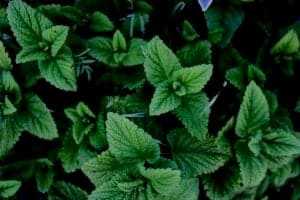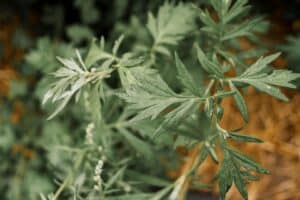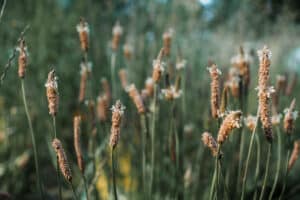Have you come across the idea of allopathic herbalism? This approach often highlights specific symptoms and conditions that certain herbs are “good for.” However, it has a limitation: it doesn’t address the root causes of diseases.
To achieve profound healing, it’s crucial to go beyond simply matching herbs with symptoms. Embracing the traditional vitalist herbalism philosophy lets you explore the underlying energies beneath disease symptoms. This empowers you to choose herbs confidently, ensuring they consistently bring about lasting and effective healing results.
In today’s blog post, you’ll learn:
- Ways to avoid the trap of allopathic herbalism
- How to heal by working with your body instead of against it
- Why you shouldn’t ignore symptoms and what they’re trying to tell you
- How to deepen your connection with nature and uncover the meaning behind herbs, changing seasons, and the weather
Table of Contents
A cornerstone of modern herbal medicine deeply embedded in the ethos of The School of Evolutionary Herbalism is the concept of vitalism. This perspective underscores the importance of learning directly from nature and practicing in accordance with its rhythms, patterns, and cycles.
When I say nature, you might think of sprawling mountains, serene forests, and lush meadows, but vitalism doesn’t just concern the outside world but the environment within your body as well.
In the realm of traditional herbal medicine, a distinct approach emerges–one rooted in the notion that the environment within our body mirrors the natural world on a miniature scale. This differs from our contemporary scientific model, which perceives the body as a machine–an assembly of biochemical components. Unlike this reductionist paradigm, vitalist traditions urge us to remember that we exist interconnectedly with the environment.
Just as the mountains are likened to our bones, rivers course through our veins and kidneys, oceans reside within our lymphatic system, and mists linger in our lungs. This concept lies at the heart of the principles of vitalism, and embracing this notion is pivotal in the pursuit of becoming a truly holistic herbal practitioner.
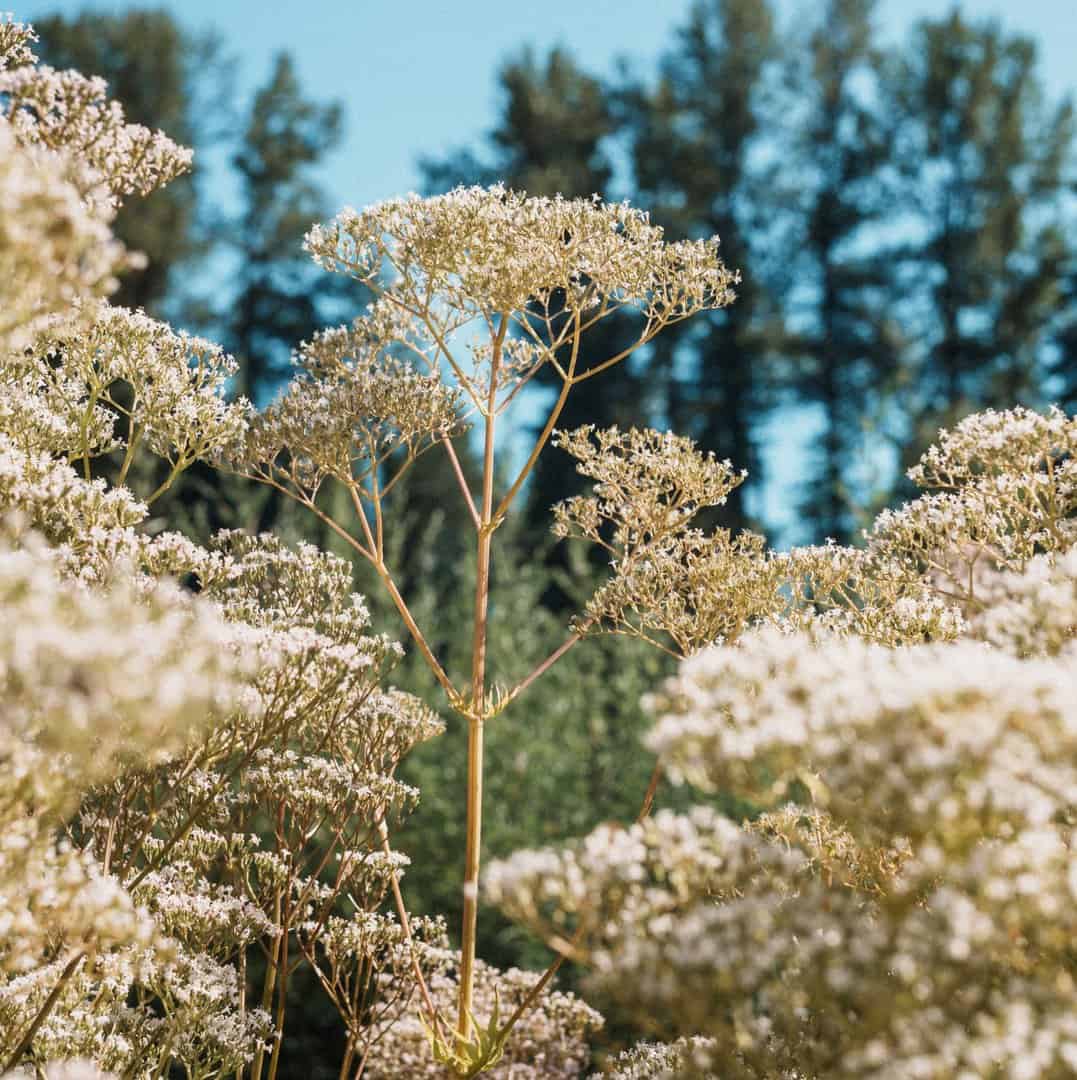
The Trap of Allopathic Herbalism
One of the most important values that guide us as herbalists is the Hippocratic oath: First, do no harm. And while modern medicine has contributed widely to health and wellness today, it’s disheartening to see how often this oath slips from focus. I witness this happening in the countless ways people develop further symptoms from excessive or inappropriate usage of contemporary medications.
What’s even more unfortunate is that many herbalists believe they are immune to causing harm in this same way. This is bolstered by the belief that because herbs are natural, it’s impossible to harm people with them. However, as with medication, herbs are not universally suitable, safe, and applicable for every person. Without enough consideration, it’s possible to create imbalances within people and make them feel even worse.
I see this pitfall occurring most often with allopathic herbalists. Yes, you read that right–allopathic herbalism exists! When I began my plant journey, it took me a while before I realized I was instinctually practicing with this lens because of how ingrained it is in our culture.
Many of us think that using herbs automatically makes us holistic practitioners. It’s like saying, “I use herbs and supplements, so I’m all about holistic health.” But the truth is, being holistic isn’t just about the kind of remedies you use—it’s a mode of perception you practice with.
In my early twenties, I hit a roadblock that wound up teaching me what it really means to be a holistic herbalist. I had many experiences where I’d recommend an herb to people, and sometimes it would work phenomenally well, and other times not at all. I couldn’t understand why they were only working half the time, and this really shook my confidence.
From the allopathic herbalist perspective, Turmeric (Curcuma longa) is good for inflammation, Willow bark (Salix alba) for headaches, and Valerian (Valeriana officinalis) for insomnia. These choices can seem reasonable enough from the “good for” mindset, but they provide inconsistent results.
The defining question of allopathic herbalism is, “What is this herb good for?” And to be honest with you, that’s not a good question to start with when you want to heal someone. The right question you should ask is, “What are the core properties and virtues of this herb?” When you select remedies from a “what’s it good for” mindset you lose what it means to practice holistically and can get stuck putting out short-term fires instead of looking out for underlying patterns of imbalance.
In contrast to the allopathic mindset, the vitalist approach to herbal medicine encourages you to study the global property of a plant. For example, instead of the reductionistic statement that Willow (Salix alba) is good for a headache, you would study why it’s effective for a headache and which headaches it’s indicated for. There are numerous types of headaches, including occipital, temporal, migraines, deficiency or cold-related, excess heat-related, and tension headaches. Willow (Salix alba) might work well for some of these patterns but be contraindicated for others.
The vitalist model offers you a precision in your practice unparalleled by the allopathic approach. Instead of giving a handful of random herbs and hoping they work, you can feel confident that your remedies will work because you looked beyond the symptoms and into the deeper pattern of the body and herb. This sets you up for success in your practice with others and for yourself.
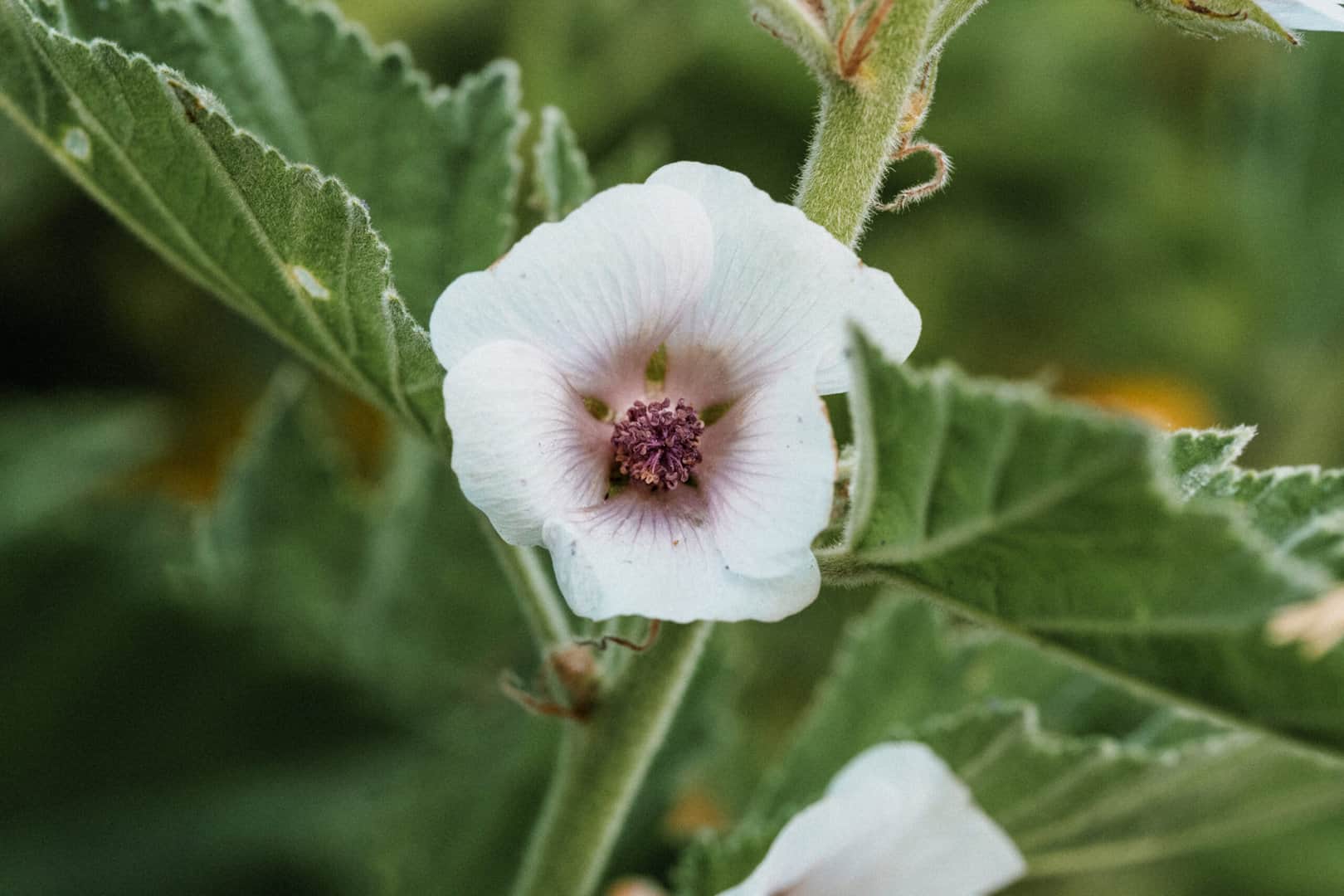
The Synergy of Vitalism and Energetics
What exactly is vitalism all about? Vitalism isn’t just a concept—it’s a way of looking at the world that acknowledges the natural intelligence in nature, plants, and the body.
As vitalist herbalists, our goal is to work with this intelligence instead of against it. We strive to work in harmony with the rhythms of the natural world and practice in a way that respects the energy flow within living systems. Essentially, we collaborate with the body instead of opposing it. Vitalism acknowledges that just as each ecosystem is unique, so is each person. That means that even if three people share the same symptom or disease, the treatment for each might differ significantly because the underlying energetics can be entirely different.
One way vitalism differentiates between underlying patterns is through a system called energetics. Although this term might send up some red flags for the woo-woo-averse, let me reassure you that this principle is a pragmatic framework used in every traditional system of healing medicine around the world.
The system of energetics accounts for three main defining characteristics in people and plants, examining temperature (hot or cold), moisture (moistening or drying), and tone (tension or laxity). By delving into these markers, you can unveil the imbalance beneath the symptoms.
To illustrate, consider a cough. If you ever had a cough, you know that not all coughs are the same. If you wanted to treat a cough from an allopathic approach, you would open an herbalism book, flip to the index, look up cough, and wind up on a page labeling a dozen herbs all categorized as expectorants.
An expectorant assists the cough reflex, promoting more productive coughing and supporting the expulsion of phlegm and mucus from the respiratory tract and lungs. From an allopathic perspective, these are “the cough herbs.” Within a list of expectorants, you might see many herbs listed, including Licorice root (Glycyrrhiza glabra), Marshmallow root (Althaea officinalis), Elecampane (Inula helenium), Osha (Ligusticum porteri), and Lobelia (Lobelia inflata), to name a few.
From an allopathic perspective, all of these herbs are good for a cough. Therefore, they should work universally for all coughs, whether taken by themselves or mixed with several herbs (what I call a kitchen sink formula). Since they are all expectorants, you can hope they’ll do the job and help a cough.
Hope is a good thing, but you don’t want to rely on hope when preparing a formula for someone. You want to feel confident that it’s going to work and help someone feel better. You can move from hope into confidence by replacing your allopathic approach with a vitalist one.
When we consider the energetics of a cough, we come across many different cough patterns. Some are dry, hacking, and irritated, while others are damp and phlegmatic, producing globs of mucus when you cough. In the case of a hot and dry cough, giving an herb like Osha (Ligusticum porteri), which is hot and dry, can actually worsen someone’s cough and make it more painful. In this case, giving Marshmallow root (Althaea officinalis), which is soothing, cooling, and moistening to the mucous membranes, is an excellent remedy for alleviating their heat and dryness.
Conversely, warming and drying Osha (Ligusticum porteri) would be invaluable for someone with a damp and phlegmatic cough, while Marshmallow (Althaea officinalis) would be contraindicated. While Osha’s (Ligusticum porteri) pungency would help break up the mucus and assist in its expulsion, Marshmallow (Althaea officinalis) would only aggravate their condition.
Herbal energetics is the crux of why vitalism holds such profound significance. It’s all about tuning into the vital force within organs, tissues, and body systems. By deciphering the underlying energetic pattern of a symptom or condition, you can evaluate how a particular herb will impact that state.
In the allopathic approach, the focus is on the symptom—a cough requires cough herbs, and there’s a one-size-fits-all approach to selecting a remedy. Yet, in the vitalist framework, we delve into the nature of the cough: its specific traits, the underlying energetic state, and how herbs will influence it and bring it into further imbalance or imbalance. This precision empowers us to zero in on specific remedies and, more importantly, address the core imbalances within the body from which the symptom arises.
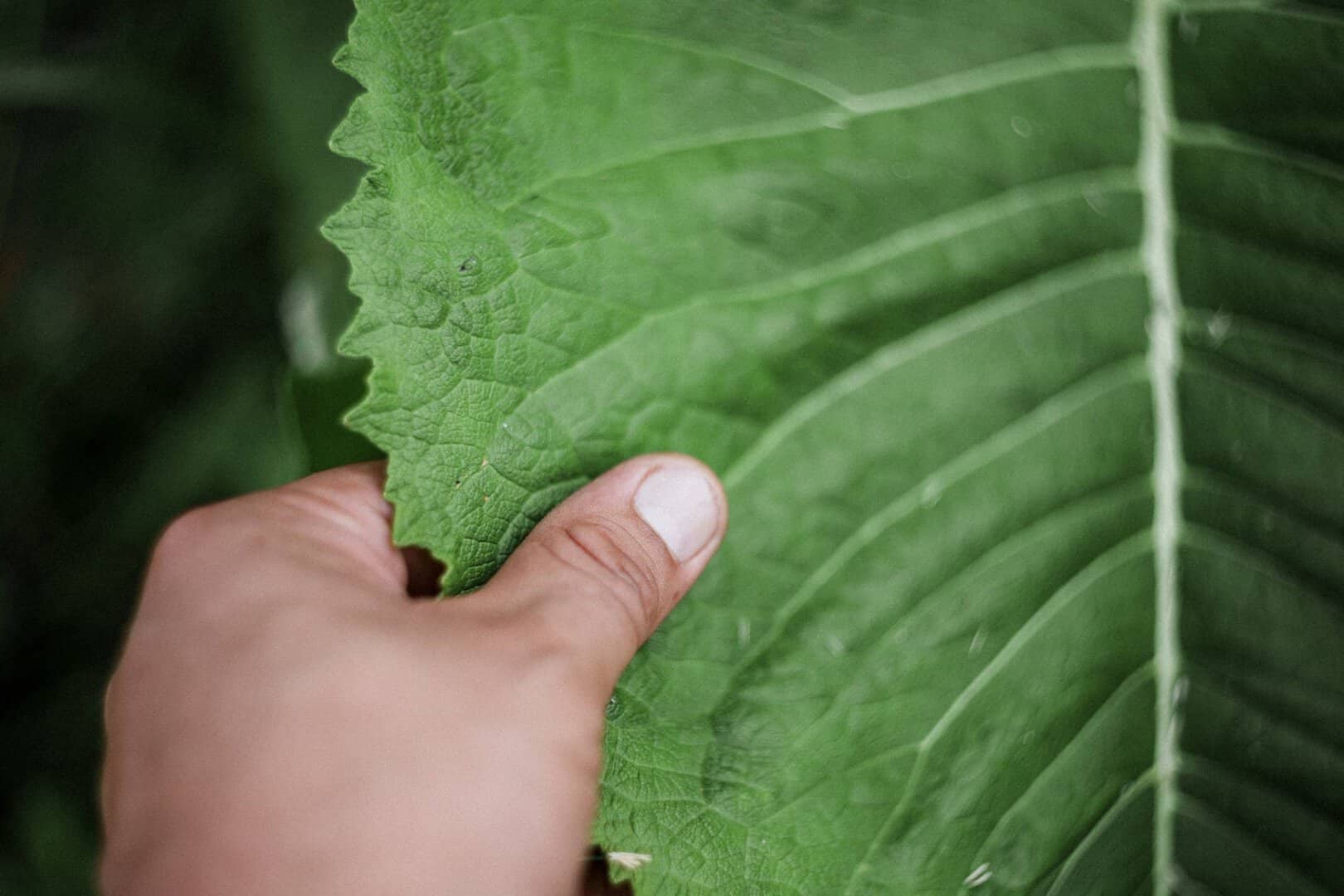
Symptoms Are Not the Enemy
From the vitalist perspective, symptoms aren’t the enemy–they are merely messengers telling you something is out of balance. Of course, nobody wants a headache, a cough, or the discomfort of a UTI. It’s undeniable–symptoms can make you feel miserable. Palliative relief has a place in the holistic herbalist’s toolkit, but it shouldn’t end there.
The allopathic herbalist seeks to eradicate the symptom, and while the intention may be good, suppressing symptoms (through herbal or conventional remedies) can often lead to even worse symptoms in the long run.
Suppressing symptoms means suppressing your body’s vital intelligence. In the vitalist paradigm, symptoms are like a language, communicating that there’s an imbalance at hand. By alerting you that something’s not right through uncomfortable or painful symptoms, your body can tell you that something needs attention. Imagine a scenario without symptoms—say, a broken leg. If you couldn’t feel the pain of a fracture, it would lead to severe harm. The presence of symptoms safeguards us, guiding us to take action.
To illustrate the differences between allopathic suppression and supporting the vital force, consider the case of a fever. If you contracted COVID, the flu, or a similar circulating ailment, your body’s immune response would spring into action and initiate a cascade of immunological responses.
Your brain’s regulatory centers, including the hypothalamus, swiftly interpret the invasion as a red alert. Your hypothalamus, which oversees your skin’s peripheral venting system signals your pores to contract as a fever develops. Metaphorically, your immune system is stoking the furnace and kindling the fire while sealing off the windows and doors to cook out the invading pathogen.
A fever is an intricate response that showcases your body’s sophisticated defense mechanisms but is undoubtedly an unpleasant experience. The common allopathic approach for alleviating this discomfort is taking a non-steroidal anti-inflammatory (NSAID) drug like aspirin. Although you may feel better after taking it, there’s a catch. Once the NSAID effects fade, your immune system reengages, and your fever returns. Yet this time, your pathogenic load is even larger, and you’re sicker than before. Ultimately, the suppression of a fever drives the sickness deeper into the body, which explains why using NSAIDs during a fever can turn a one to two-day fever into a four or five-day event.
While the allopathic approach focuses on suppressing a fever, the vitalist method uses herbs that support it. Herbs that support the febrile mechanism are called diaphoretics, and these are split into two categories.
There are hot, warming, stimulant diaphoretics and relaxant diaphoretics. Stimulant diaphoretics stimulate blood flow and drive blood to the skin’s surface to increase your fever, supporting what your body is already trying to do. Stimulant diaphoretic herbs are often warming and pungent, like Ginger (Zingiber officinale). Relaxant diaphoretics relax tension in the pores so the blood can reach the skin surface, and internal heat can be reduced through sweating.
The use of diaphoretics for fever is a core vitalist approach. Instead of fighting it, you’re working alongside the body’s intelligent response and respecting the body’s signals to support its natural functions. As a result, the fever runs its course faster than if you had suppressed it. Moreover, you often come out of the fever feeling less tired and more resilient since you didn’t push it deeper into your body. Using diaphoretics for fever embodies the heart of vitalism—a collaboration that empowers the body’s innate wisdom, accelerates healing, and leaves you stronger and more invigorated as you navigate your journey to well-being.
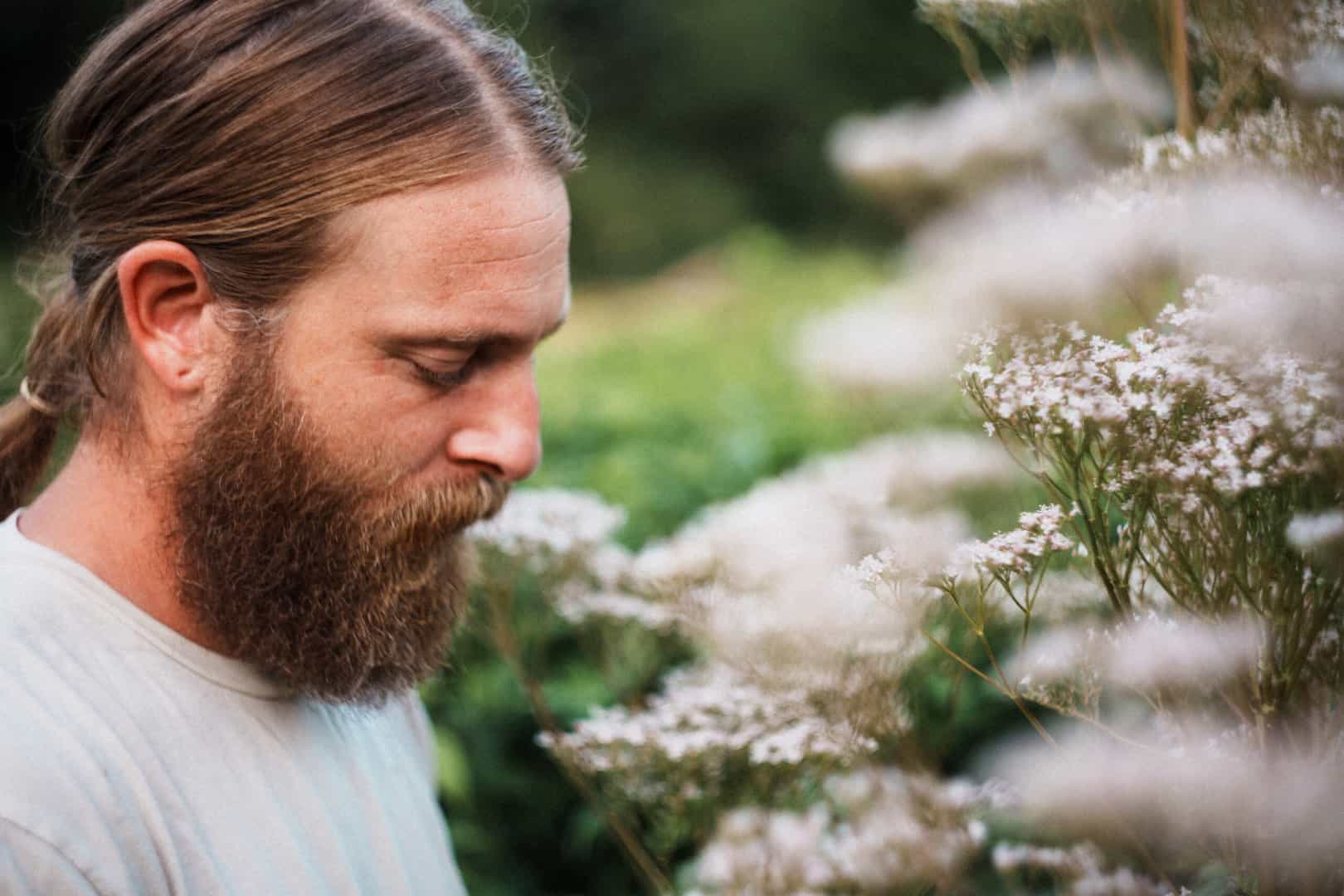
Forever a Student of Nature
Herbalists are first and foremost students of nature. As vitalist herbalists, we study the outside world and explore our inner selves. By cultivating a curious mind and mode of perception that looks for the connections around us, your outlook on the body, disease, and herbs begins to change.
It’s important to develop an understanding of the herbs you use that go beyond what someone wrote about them in a book, and one of the ways you can do this is by learning how to pay attention to nature. To practice this, you can select a specific plant and take it every day for a few weeks. Notice shifts in your physiology, how you feel, and what changes, improves, or worsens.
Another way you can learn from nature is by seeing how your physical, emotional, or mental health symptoms flux in the changing seasons and weather. For example, many people with joint pain can predict when rainfall is near because their pain worsens. From a vitalist perspective, this sensitivity to dampness can indicate an imbalance of dampness within the body. Everything in nature is a teacher, and by observing how nature affects our body, mind, and emotions, you can learn how to connect the dots between nature in the external world and your internal world. Over time, this will guide you on effectively using herbal medicine.
At The School of Evolutionary Herbalism, I’m constantly striving to bring everything back to nature because, to me, that’s the very heart of herbalism. Our goal as herbalists is to learn to see nature’s wisdom, how to decode it, and use it to guide us along our healing journey. Vitalism reminds us of our roots, our unbreakable bond with nature, and how everything in the natural world ripples inside us. When we learn to work with our body instead of against it, drastic improvements in our mental, emotional, and physical health can happen.


